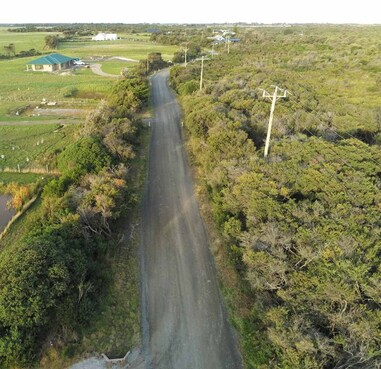 The Harmers swamp
The Harmers swamp BACK in 2018, former ACTU president and current Labor federal MP Ged Kearney
was being hailed by the Weekend Australian, no less, as “swamp saviour Ged” for buying a swampy bit of land in Harmers Haven.
The 1.3 hectare block at 60-76 Viminaria Road, adjoining the Yallock-Bullock Marine and Coastal Park, has been the subject of numerous subdivision attempts dating back more than 50 years.
The Planning Appeals Board (forerunner of the Victorian Civil and Administrative Tribunal) rejected a 13-lot subdivision in 1986, citing the environmental significance of the swamp paperbark heathland which makes up the bulk of the block.
Four years later, when Kearney stood for the federal seat of Batman, the Weekend Australian reflected on the purchase: “It’s the sort of lower-case ‘g’ greenie cred that gives Kearney a fighting chance against the Greens’ brawling candidate Alex Bhathal this weekend.”
The rest is history. Kearney won the seat and is now an assistant minister in the Albanese government.
And that swampy block? Last year Ms Kearney and her four co-owners applied to Bass Coast Shire Council for a permit to remove 3390 square metres of vegetation for two building envelopes, road access and drainage works.
The application caused ructions and damaged decades-long relationships in the tiny hamlet, permanent population 62, according to the 2021 census. At a tense Harmers Haven Residents and Ratepayers Group AGM in April, members resolved by more than a two-thirds majority to lodge an objection with the council. The vote included the applicants.
The council received a total of 24 objections to the subdivision proposal. In May, councillors unanimously rejected the application, declaring it would contribute to the decline and fragmentation of indigenous vegetation and degradation of the coastline.
Last month the five owners of the swamp block appealed to the Victorian Civil and Administrative Tribunal to overturn the decision on the basis that the proposal will result in a net community benefit by improving habitat with biodiversity benefit.
Residents and Ratepayers president John Old said members of the group were
very disappointed that the applicants have decided to appeal, given the unanimous council decision against their application.
Ms Kearney did not respond to a Post request for comment.